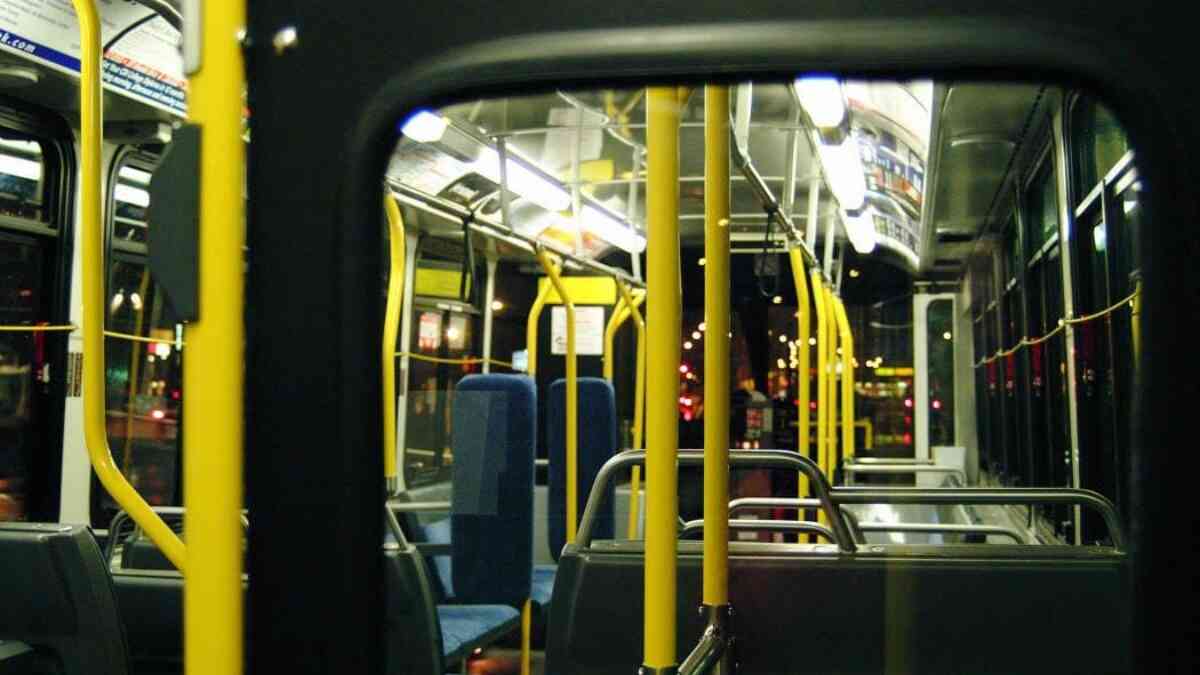
Out-of-Home Advertising: Still Relevant?
New technologies make OOH advertising much more compelling than ever before.
Out-of-home media (OOH), also known less accurately as “outdoor” advertising, has grown consistently in recent years. According to the Outdoor Advertising Association of America, outdoor advertising brought in $7 billion in revenue in 2014.
Billboards and signs and such seem old-fashioned in today’s digital age? Think again.
Much of the growth in OOH media spend can be explained in the increase in the number of mediums falling into the OOH category. Sure, static billboards still count as OOH, but now there are digital signs and interactive displays in malls, airports, grocery stores, and public transportation.
Advantages—and Disadvantages
Out-of-home advertising has advantages—
- high reach with a mass audience,
- high frequency,
- geographic flexibility,
- low cost per thousand—
and disadvantages—
- lack of intense selectivity in target market,
- higher production costs,
- environmental clutter, and
- creative limitations.
The disadvantages don’t necessarily outweigh the advantages. If you are creative, you can produce a campaign that breaks through the clutter and brings in great return on investment.
Interactivity
Marketers and businesses want to engage their target markets—which makes the interactivity possibilities with newer out-of-home technologies highly valuable.
For example, Peapod, the online grocery store, created an OOH campaign that looked like a grocery store shelf. People could scan the products on the display with their mobile phones, which ordered them from Peapod’s website. The innovative campaign created direct interaction with the brand and its products—and produced sales as well.
Messaging
Out-of-home advertising can engage the market by driving location and context to messaging.
For example, the Grand Prix winner at Cannes 2013 for OOH was IBM’s Smarter Ideas for Smarter Cities campaign, for which the company turned billboards into street furniture—conveying the message that IBM built smarter urban areas.
Tips and Tricks
How do you do OOH the right way? Take heed of these tips:
- Keep the message simple.
- Use large and clear fonts.
- Ensure that you follow the location’s rules and regulations (different cities have different requirements around OOH).
- Be bold in creativity, concept, and design—you need to cut through visual clutter.
- Coordinate your marketing and advertising—carry the OOH campaign through other marketing and advertising tactics.
Find an OOH medium that reaches your target market at the ideal moment. Need help with that? FrogDog to the rescue!
Updated: Oct 10, 2019

We do not spam. And you can unsubscribe when you want.